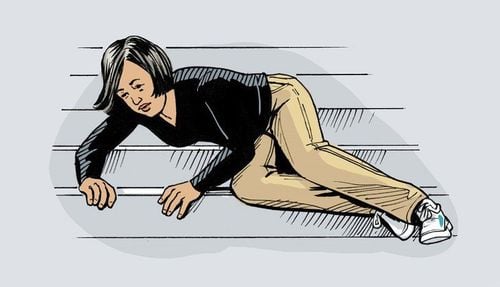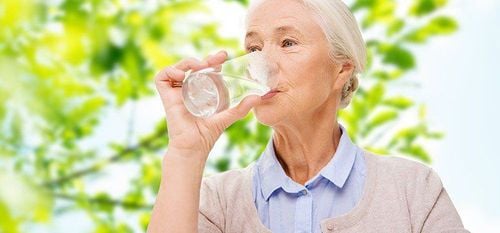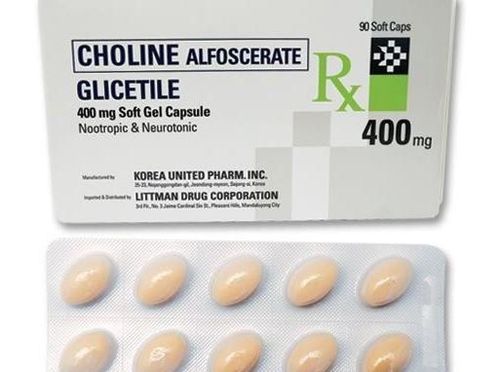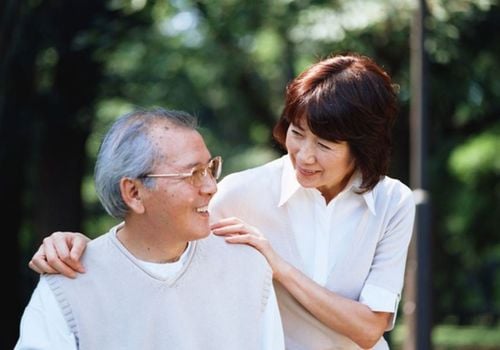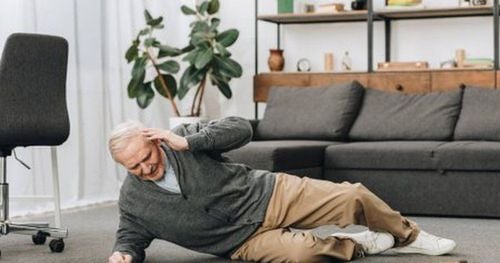This is an automatically translated article.
Articles written by MSc, BS. Vo Khac Khoi Nguyen, Department of General Surgery - Vinmec Central Park International General Hospital
Elderly people are prone to falls because of reduced motor function, musculoskeletal problems, causing limitations in movement and activities. Falls are more common in elderly people who live alone.
Old age is a sensitive period in human life. At that time, the elderly have to face potential risks such as chronic diseases that are increasing. Loneliness, lack of family-social support, and physical and mental disabilities severely affect the ability of the elderly to live independently.
Human life expectancy has increased over the past decades, and this phenomenon has led to an increase in the elderly population. One of the most common and serious problems that reduce life expectancy and quality of life in the elderly is falls. More importantly, falls increase the rate of unintentional injury deaths around the world.
A fall is an unintentional and sudden change in physical condition caused by a person's fall from a lower height onto an object or floor. The fall referred to here is a low-energy injury, unlike a car accident, a high-energy sports injury. Although falls in the elderly have a low-energy injury mechanism, they cause many serious consequences for patients.
1. Physical changes in the elderly are the main reason
The physical changes of the elderly begin when they enter middle age. These changes have the greatest effect on muscle function through reduced motor function and decreased muscle strength and endurance. Thus, physiological changes in the nervous and musculoskeletal systems occur under the influence of the aging process. This affects the mobility and activities of the patient and causes more and more falls.
Fractures, traumatic brain injury, vertebral and rib fractures, and damage to soft tissues and internal organs are common conditions caused by falls. More seriously, falls leave a "post-fall" perspective that is not very good. It is dependence on care in daily life, low self-esteem, fear of falling, depression, immobility. This makes patients increasingly limited in activities, hospitalized or residing in nursing homes. As a result, falls increase health costs for individuals and communities.
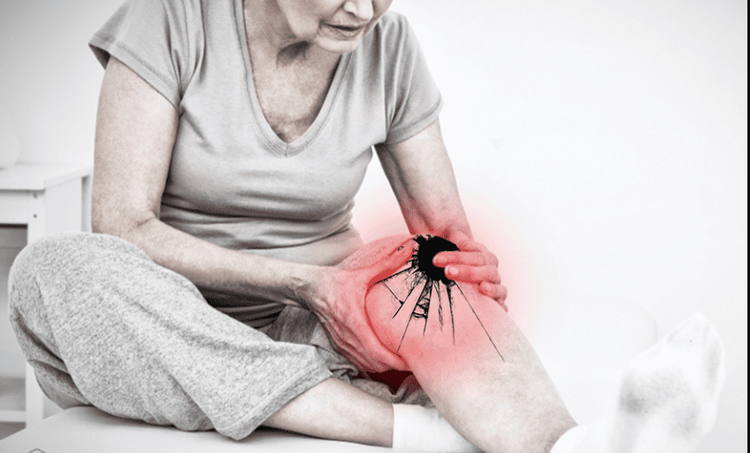
Falls are more likely in elderly people living alone. Elderly people living with a partner (spouse) can reduce the rate of falls. At an older age, people are often widowed, so the elderly often live alone or with their children and grandchildren. Although living with their children and grandchildren, the elderly often have periods of time alone because their children and grandchildren work or they cannot adapt to the lifestyle of youth.
It seems that single elderly people face more barriers in daily living and social integration. In addition, they often suffer from chronic diseases that can lead to physical disability and weakness. Studies have also shown that people with chronic illnesses are more likely to fall than healthy people. These are the main causes of falls in the elderly.
2. Where in the house is it easy to fall for the elderly?
Research on living spaces of elderly people shows that bathrooms, toilets and hallways (living rooms) have the lowest level of safety in the house. Maybe because the bathroom, toilet is wet and slippery. Indoor designs often do not have a place to hold handrails, especially in hallway areas. The highest level of safety is in the area of the stairs, because stairs often have handrails. In addition, the high level of safety of stairs may be related to more attention in the design of households and standard stairs are often covered with anti-slip bars on the steps.
However, we also need to be aware that any place in the house can cause falls in the elderly. In particular, places where the elderly spend most of their daily life include living rooms, bedrooms, kitchens, bathrooms, and toilets. It is expected that these places will have the most daily falls.
Fall accident prevention needs attention in places with a high risk of falling. Stairs lacking safety designs increase the risk of falls in the elderly by 2.2 times. Unsafe stairs and walkways are always emphasized leading to falls of the elderly. Hazards can be minimized in these locations by designing handrails for stairs, installing anti-slip bars at each step, and ensuring adequate lighting in this area.
Slippery surfaces are a leading risk of falls in the home, especially in bathroom and toilet areas. The risk of falls in the elderly increased 1.7 times in unsafe toilet and shower areas. Attention should be paid to safety devices for shower floors, non-slip bathtubs and non-slip shower trays as important precautions. The use of special non-slip floors, installing protective bars on the bathroom walls are positive measures in preventing falls of the elderly.

Living rooms, bedrooms are identified where there is a lower risk of falling than other areas of the house. However, unsafe living rooms increased the risk of falls in the elderly by about 1.4 times, and unsafe bedrooms increased the risk of falls by 1.3 times. Both of these areas often have floor coverings and rugs. The use of non-stick mats and slippery floors is also a cause of slippage for the elderly. On the other hand, bedroom lighting and bright walkways from bed to toilet are also risk factors for falls.
In summary, physical and mental decline are important causes of falls in the elderly. Although we often consider our home a safe place, falls in the elderly often occur at home. Consideration of housing design that is aesthetically pleasing and safe for the elderly helps to reduce the risk of falls and accidents.
In addition, to protect the health of the elderly, you should take them to a medical facility for regular general health check-ups because at this age, the elderly's resistance is poor, and they are easy to get sick. Currently, Vinmec International General Hospital has general health checkup packages suitable for each age, gender and individual needs of customers with a reasonable price policy, including:
Health checkup package Vip overview Standard general health checkup package
Results of the patient's examination will be returned to the home. After receiving the results of the general health examination, if you detect diseases that require intensive examination and treatment, you can use services from other specialties at the Hospital with quality treatment and services. outstanding customer service.
Please dial HOTLINE for more information or register for an appointment HERE. Download MyVinmec app to make appointments faster and to manage your bookings easily.





